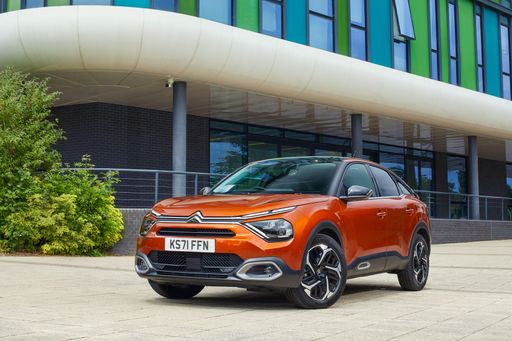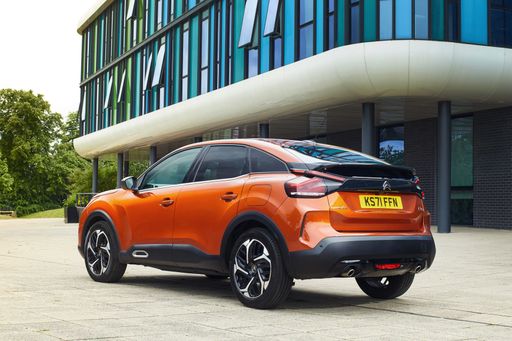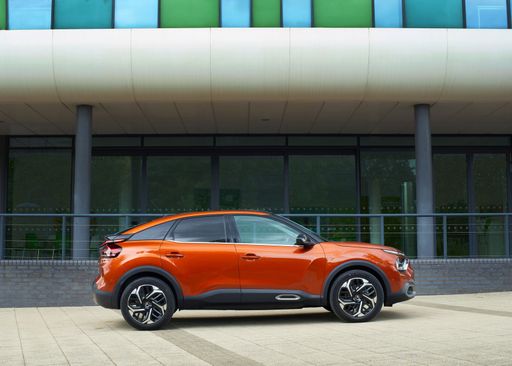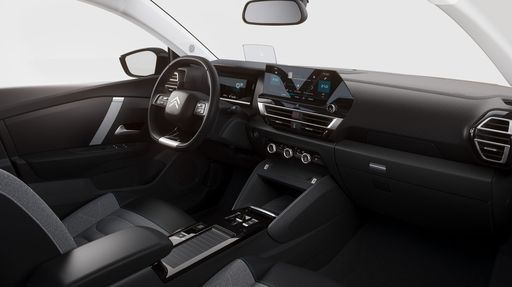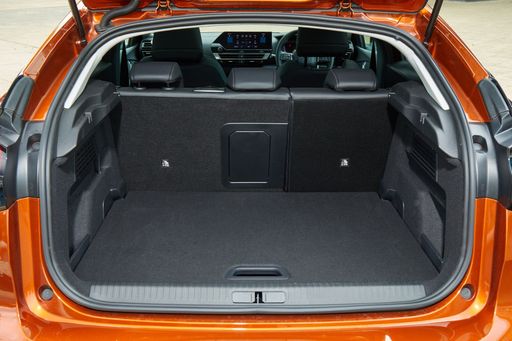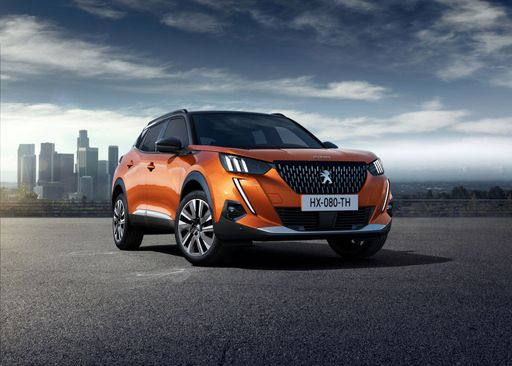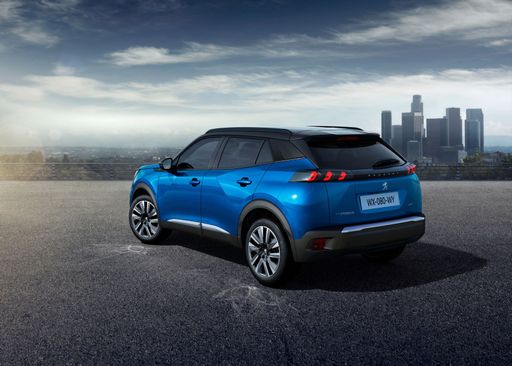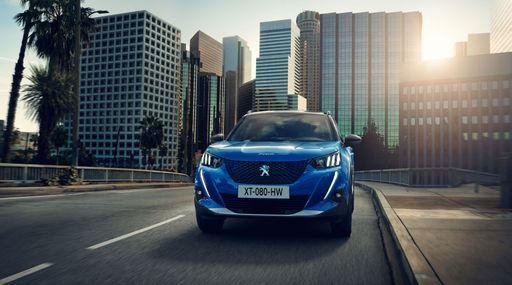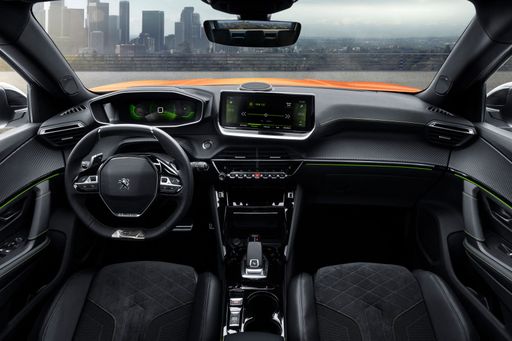Costs and Efficiency:
Price and efficiency are often the first things buyers look at. Here it becomes clear which model has the long-term edge – whether at the pump, the plug, or in purchase price.
Citroen C4 has a to a small extent advantage in terms of price – it starts at 20600 £, while the Peugeot 2008 costs 24500 £. That’s a price difference of around 3900 £.
Fuel consumption also shows a difference: Citroen C4 manages with 4.70 L and is therefore hardly perceptible more efficient than the Peugeot 2008 with 5 L. The difference is about 0.30 L per 100 km.
In terms of energy consumption, the advantage goes to the Citroen C4: with 14.50 kWh per 100 km, it’s hardly perceptible more efficient than the Peugeot 2008 with 15.50 kWh. That’s a difference of about 1 kWh.
As for range, the Citroen C4 performs hardly perceptible better – achieving up to 427 km, about 21 km more than the Peugeot 2008.

